
 |
|
|
Fruits
Volume 64 Number 17 Date 08/22/2019 BROWN MARMORATED STINK BUG - Adults have been captured on survey traps in Dane, Racine and Rock counties this month, signaling the potential for fruit injury in apple orchards prior to harvest. Late-summer populations are likely increasing in areas of the state where BMSB is established, and it will be important for fruit and vegetable growers to remain alert for stink bug activity through October. OBLIQUEBANDED LEAFROLLER - DATCP cooperators are reminded to maintain pheromone traps for this insect well into September. Second-generation larvae occasionally cause severe fruit damage late in the growing season and moth counts in late August and September can be a predictor of damage potential of the overwintered larval population next spring. CODLING MOTH - Moderate to high counts were recorded in a few orchard locations in the past week, confirming that significant codling moth flights are still occurring. Large captures of 21-33 moths per trap were reported from Iowa and Racine counties. Approximately 90% of second-flight adults will have emerged once 1,700 degree days (modified base 50°F) have accumulated from the first biofix, and pheromone trap checks may be discontinued after August 30. APPLE MAGGOT - Peak emergence of flies occurred about two weeks ago and activity has generally declined. Apple maggot pressure has been variable but generally low this season, though the external depressions and brown, internal larval tunnels indicative of AM infestation are appearing on apples at some orchard sites where AM flies have been more abundant. Growers should continue to monitor AM traps through the first week of September since the flies are still active and could cause problems in late cultivars. SPOTTED TENTIFORM LEAFMINER - The third and last flight of the season continued this week, with counts ranging widely from 3-1,359 moths at 20 monitoring locations. Most orchards registered lower weekly captures of fewer than 100 moths. Moth activity is expected to subside by mid-September. -- Krista Hamilton, DATCP Entomologist 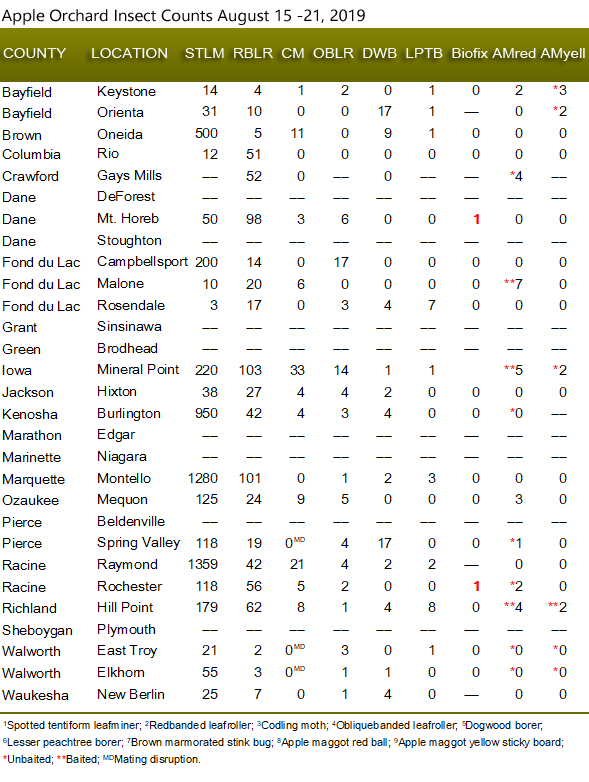
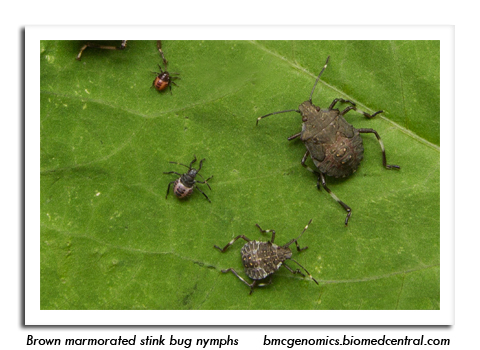
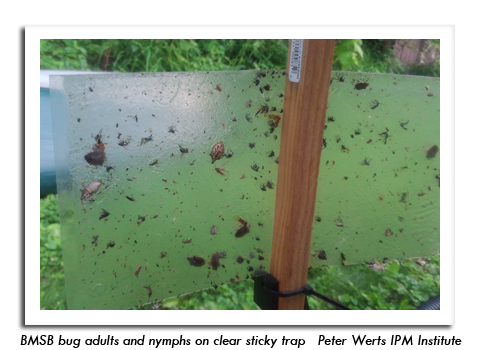
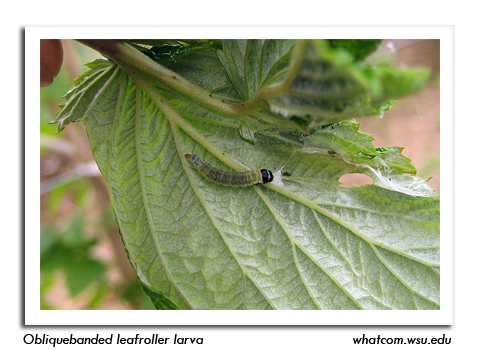
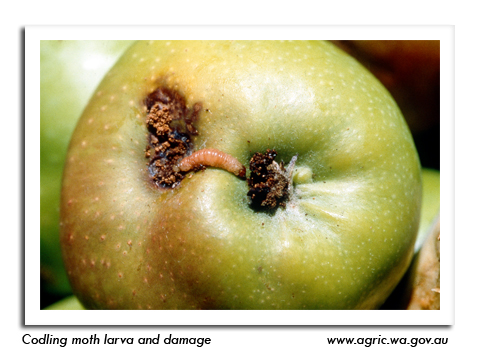

|
|
|